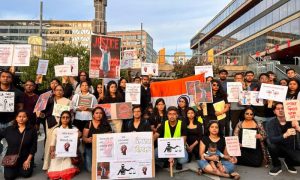TOKYO, Japan: Japan’s population continued its downward trend for the 15th consecutive year, with recent government data revealing a drop of over 500,000 people. As of January 1, Japan’s population stood at 124.9 million. This decline is attributed to an aging demographic and persistently low birth rates. Last year, Japan recorded its lowest number of births ever at 730,000, while deaths reached a record high of 1.58 million.
The demographic shift is exacerbated by a reluctance among younger Japanese to marry or start families. Factors contributing to this reluctance include uncertain job prospects, rising living costs that outpace wage growth, and a gender-biased work culture that disproportionately affects women and working mothers.
In response, the Japanese government has allocated 5.3 trillion yen ($34 billion) in its 2024 budget to encourage higher birth rates through subsidies for childcare and education. Additionally, it plans to invest 3.6 trillion yen ($23 billion) annually over the next three years. However, experts argue that these measures primarily benefit couples who are already planning to have children, without sufficiently addressing the broader issue of young people’s reluctance to marry.
Looking ahead, Japan’s population is projected to decrease by approximately 30 percent to 87 million by 2070, with nearly 40 percent of the population expected to be 65 or older.






















